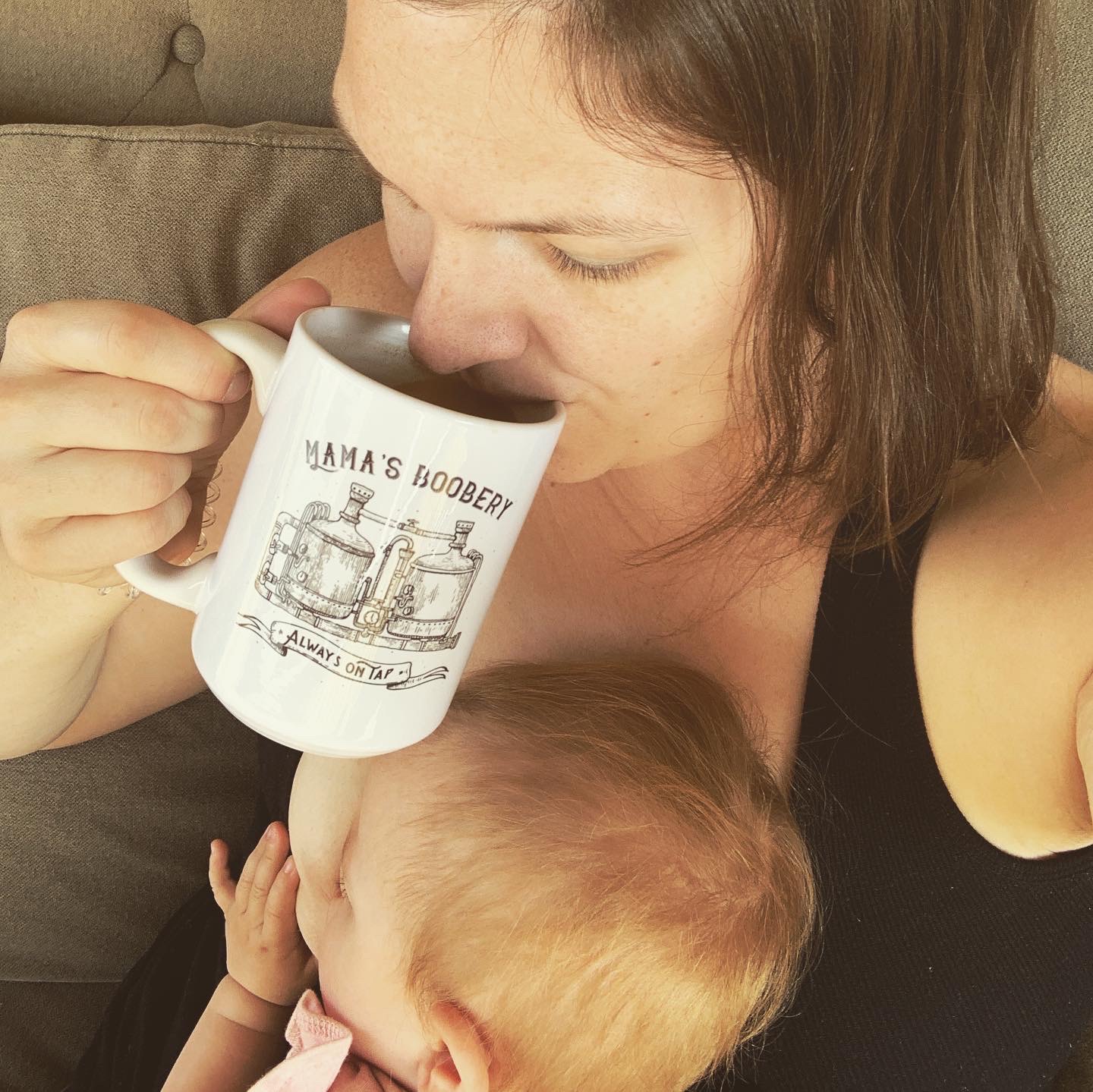VITAMIN D

Were you told by your pediatrician to give your baby vitamin D drops? Vitamin D is absolutely critical strong bones, because it helps the body use calcium from the diet. Traditionally, vitamin D deficiency has been associated with rickets, a disease where the bone tissue doesn’t mineralize properly, leading to soft bones and skeletal deformities. Recent research also tells us that vitamin D is key in maintaining our immune systems for regulating both infection and inflammatory pathways. If you shun the sun, have a milk allergy, or follow a strict vegan diet, you may be at risk for vitamin D deficiency. Known as the sunshine vitamin, vitamin D is produced by the body in response to skin being exposed to sunlight. It is also occurs naturally in a few foods like certain fish, fish liver oils, egg yolks, and fortified dairy and grain products.
Our bodies are designed to make very large amounts of vitamin D through exposure to the sun (10,000—20,000 IU in 24 hours, after 15—20 minutes of summer-sun exposure in a bathing suit/45—60 minutes of exposure for those with darker skin tones). However, in an effort to decrease our risk of skin cancer from over exposure to the sun, we’ve limited our ability to keep our vitamin D status at a normal level from absorbing it directly from the best source. That said, those living where clouds often cover the sky or in cities with polluted air quality will have a hard time getting sun exposure for natural vitamin D. People with darker skin tones are more likely to have low levels of vitamin D, as well, due to the increased pigment in their skin. They require nearly four times the length of sun exposure in order to penetrate the skin to manufacture vitamin D.
Vitamin D is essential for babies. Your pediatrician cannot tell you to put your baby in the sun, even though that is the best source of vitamin D, because of the risks of skin cancer. So they should have advised you to give your baby 400 IU of vitamin D each day, usually given by drops in the mouth.
All formulas sold in the United States have at least 400 IU/L of vitamin D; so if your baby is drinking 32 ounces of formula, vitamin D supplementation is not needed.
But what about from breast milk? Human milk is a very poor source of vitamin D, usually containing less than 50 IU per quart. This is why the AAP recommends all breastfed infants be supplemented. This does not mean there is anything wrong with the milk, but an issue in the recommended amount of vitamin D the lactating parent should be taking. This goes back to the sunlight recommendation. If you were getting 15-45 minutes of sunlight (depending on how dark your skin tone is) 3-4 times per week, your body would have plenty of natural vitamin D to pass through your milk to your baby. Many who live in the US either don’t live in a location where that’s possible year round (hi, Chicago in January) or maybe can’t get out in the sun because of needing to work. The Academy of Breastfeeding Medicine (a global organisation) recommends that “The breastfeeding infant should receive vitamin D supplementation for a year, beginning shortly after birth in doses of 10–20 lg/day (400–800 IU/day) (LOE IB). This supplement should be cholecalciferol, vitamin D3, because of superior absorption unless a vegetable source such as ergocaliferol vitamin D2, is desired. … Vitamin D also may be delivered adequately through human milk.” Research has shown that as long as you as the lactating parent is taking 6,400 IU of vitamin D daily, there is no need to supplement the baby as your milk will have adequate amounts.




